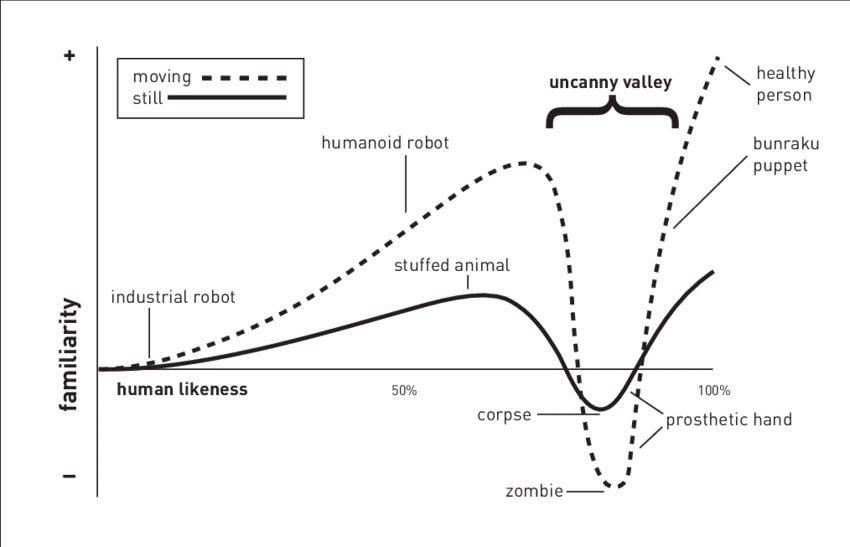
With today’s technology, many different things can be created to appear on-screen. Visuals ranging from brightly-colored cartoons, computer-generated imagery (CGI) and high-definition video are considered normal. Simply flipping through TV channels will reveal this among a larger collection of imagery types.
For police and military training simulators, it is important for visuals to convey realism, in order to fully immerse and teach the trainee. No instructor would willingly use character-style burglars running across their 300-degree simulator and call that teaching. The same principle applies to CGI, which, despite much improvement over the years, still falls short of realistic visuals.
“CGI is so prevalent today (in simulations),” says Bob Ferris, CEO and Chairman of VirTra. “A valid concern is that developers might not ‘think outside of the box’ of CGI for potentially superior alternatives especially suited for specific types of training.
Immersion in Training Scenarios
To ensure motions and expressions of individuals in VirTra’s scenarios are similar to what may be encountered in the field, VirTra hires vetted actors and actresses to perform the roles. Utilizing real actors also allows realistic sounds to be heard from the environment in addition to the individuals themselves—such as changes in vocal tone and pitch, screams, subtle sounds and more.
Due to lack of realistic visuals and sound, the biggest problem with CGI is how it fails to immerse trainees in the scenario. These students will not experience the same levels of empathy with something that is not real—regardless of the CGI’s quality. But with a real person, trainees care and learn more.
The Uncanny Valley

In these cases, it does not matter how realistic the visual is—people know it is not real. The effect is unsettling and many can’t put their finger on what it is exactly; maybe the character is missing the human ‘spark’ in its eyes.
However, when androids barely look human, people are not concerned or affected by the Uncanny Valley. In some cases, the android comes across as cute (think: Star Wars’ R2-D2).
Rarely do people find ‘realistic’ CGI fascinating. Most often, people find the replicas creepy or unnerving. This same effect applies to trainees placed in training scenarios utilizing CGI humans. Rather than feeling empathy towards the subjects, or immersing themselves in the scenario, trainees are put off and unable to transfer those skills to a situation with real people.
Using Real Actors in Training Simulators
All of VirTra’s scenarios are filmed with professional cameras and vetted actors/actresses, including those in V-Author® where users can build their own scenarios. This ability increases the training value by providing the most lifelike experience possible within VirTra’s use of force training simulators. VirTra strongly believes video-based training can provide higher fidelity in police or military training, allowing for improved real-world skills (Ferris, 2013). For more information, contact a VirTra specialist.
References
Ferris, B. (2013). New video-based approach for dismounted simulation.
Hsu, J. (2012, April 3). Why “uncanny valley” human look-alikes put us on edge. Retrieved from Scientific American: https://www.scientificamerican.com/article/why-uncanny-valley-human-look-alikes-put-us-on-edge/
Thompson, C. (2004, June 9). The undead zone: Why realistic graphics make humans look creepy. Retrieved from Slate: https://slate.com/technology/2004/06/why-do-game-characters-look-so-creepy.html




